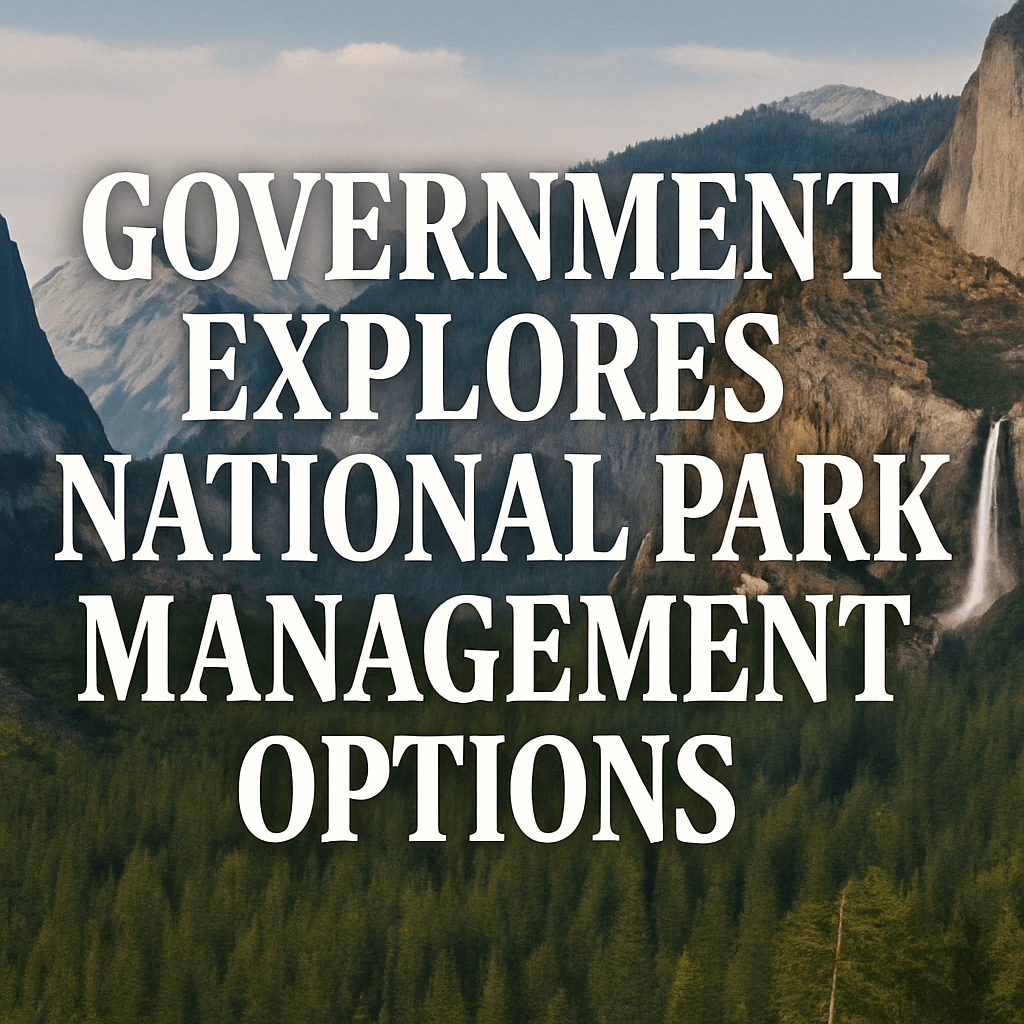Government Explores National Park Management Options

Florida’s Big Cypress National Preserve, sprawling over 729,000 acres of swamp and ancient forest, serves as a crucial habitat for the endangered Florida panther and a vital source of drinking water for millions of South Floridians. The preserve attracted approximately 2.2 million visitors last year, roughly three times the number of visitors to Everglades National Park, per National Park Service (NPS) data.
As discussions intensify regarding the potential offloading of a variety of national parks and preserves, environmental advocates and state governments alike are expressing concern. The Trump administration has proposed slashing around $1.2 billion from the NPS budget, which includes cuts of $900 million specifically from park operations. This hefty reduction could lead to the transfer of numerous sites that are deemed too obscure or local for efficient federal management, effectively handing their oversight over to states and tribal governments.
Context of the Proposed Transfers
Currently, about 370 sites are under consideration for potential transfer. These range from battlefields and historical parks to less frequented locations. Kristen Brengel, senior vice president of government affairs for the National Parks Conservation Association, elaborated: “To save $900 million, one would effectively need to eliminate around 350 parks.” Such actions would have wide-ranging implications.
The stakes are pronounced; many of these parks, including Big Cypress and Delaware Water Gap National Recreation Area, are crucial in safeguarding regional drinking water supplies and mitigating erosion along coastal areas. Park service staff efforts are pivotal in coastal protection as seen at Cape Hatteras National Seashore in North Carolina.
While the administration’s rationale appears geared towards promoting federalism, the broader implications of diminishing the national park system are unclear, with even some Republicans wary of jeopardizing these public treasures. Representative Mike Simpson of Idaho highlighted: “Let’s not screw up the national parks because that’s something the American people will never forgive us for.”
Criteria for Selection and Visitor Numbers
While the White House has yet to produce a definitive list of sites to be offloaded, mentions of several potential candidates have emerged. Noteworthy among these are the Theodore Roosevelt Birthplace National Historic Site in New York City and the Knife River Indian Villages National Historic Site in North Dakota. Visitor statistics paint a stark picture; only about 25,000 people visited Roosevelt’s birthplace last year, with Knife River attracting around 10,800 visitors, ranking it at number 370 among the 398 park units for which visitation statistics are kept.
While these numbers could suggest a lack of tourism viability, park advocates argue that visitation should not dictate the fate of such historical and ecological sites. Brengel contended, “These schemes to save a couple of nickels by getting rid of parks — it’s unpopular.” Representative Tom Cole of Oklahoma has proposed a different fate for Chickasaw National Recreation Area in Oklahoma, suggesting a transfer to the Chickasaw Nation, highlighting complexities surrounding such proposals.
State Concerns About Fiscal Responsibility
Many states are firmly opposed to taking on additional federal site management responsibilities. States like New Mexico, which encompasses 18 NPS sites at risk, express concerns about their ability to maintain these sites due to already constrained budgets. Toby Velasquez, New Mexico’s state parks director, disclosed that the state government struggles with outdated facilities and high personnel vacancy rates, implying that any additional sites could lead to closures rather than successful management.
Maryland’s Department of Natural Resources reinforced this sentiment, emphasizing their role in supporting NPS sites that contribute significantly to the economy. With nearly 2,940 jobs tied to these sites and generating approximately $344 million in economic benefits, local officials are keen on keeping the federal government involved. AJ Metcalf, a state spokesperson, asserted that, “If the federal government does approve these cuts, Maryland will consider all options to obtain and manage these sites to ensure they remain open and accessible to the public.”
Legal Implications and Historical Context
The prospect of transferring these federal sites to state control raises numerous legal questions. Big Cypress, for instance, was designated as a national preserve in 1974 precisely because locals did not trust state authorities to manage its rich natural landscapes—a sentiment echoed today. Residents aimed to shield the area from a proposed massive commercial airport, underscoring the ongoing tension between state and federal management of natural resources.
“Every single year, those of us engaged in environmental advocacy fight off poor legislative decisions in Florida, highlighting a prevalent distrust of the state’s management capabilities,” explained Eve Samples, executive director of the Friends of the Everglades.
Congress may have designated sites like Big Cypress to safeguard not only ecological resources but also uphold commitments to local tribes regarding land stewardship. McAliley noted, “If the federal government gives these lands away, they risk not only their fiscal sustainability but also the integrity of existing protections.”
Conclusion
The potential offloading of national park sites by the Trump administration presents a complex intersection of fiscal policy, state capability, and public trust in land management. As states grapple with inadequate budgets and the threat of closures, the feasibility of transferring ownership and management of these invaluable sites remains in question. Ultimately, the future of America’s national parks and preserves hangs in a delicate balance, reliant on both political will and public support.